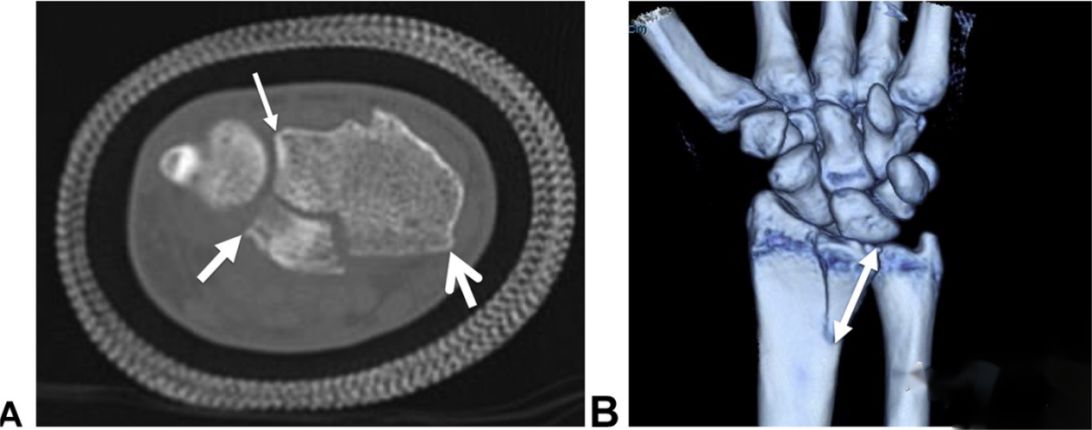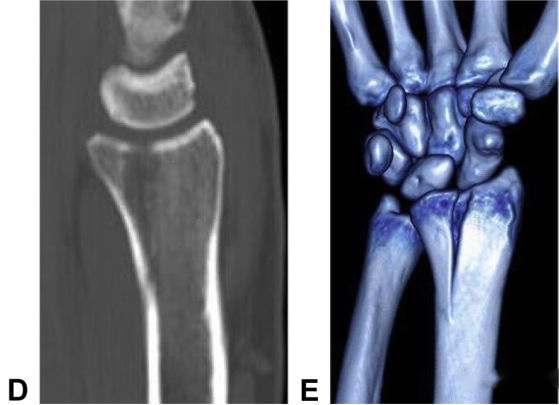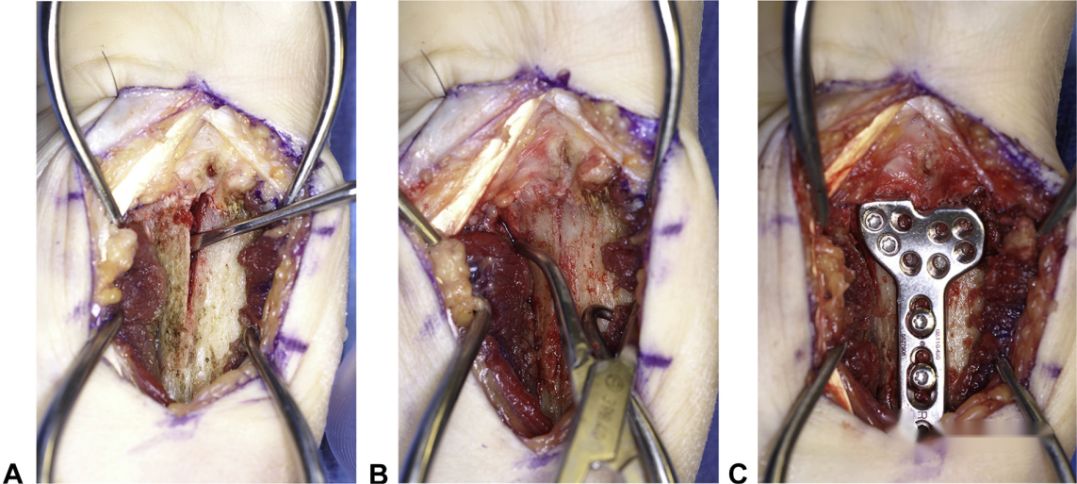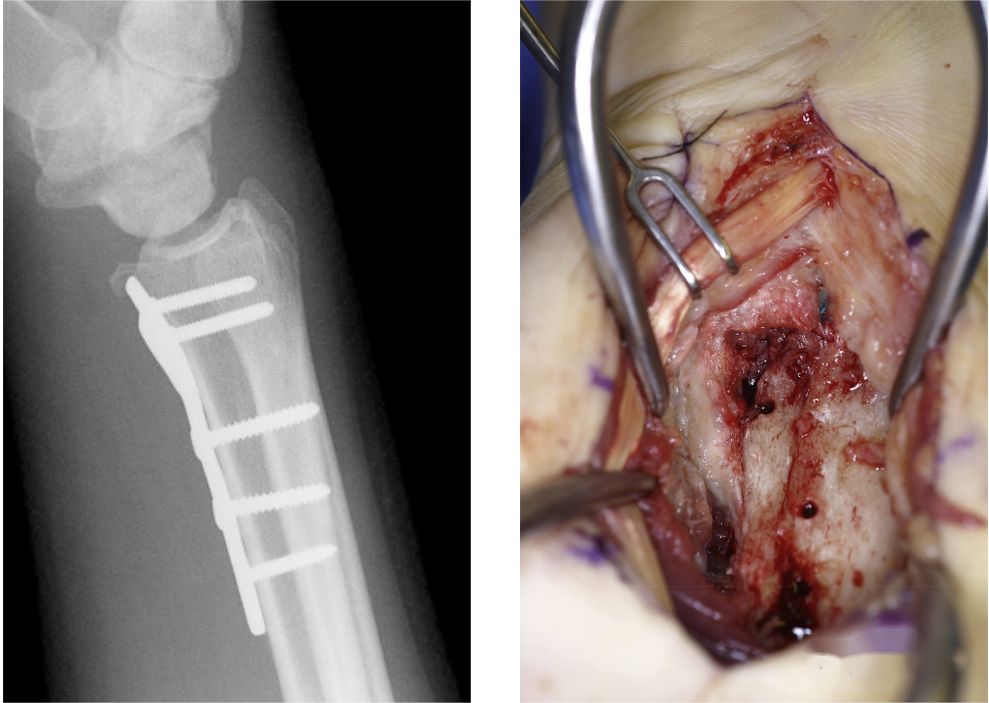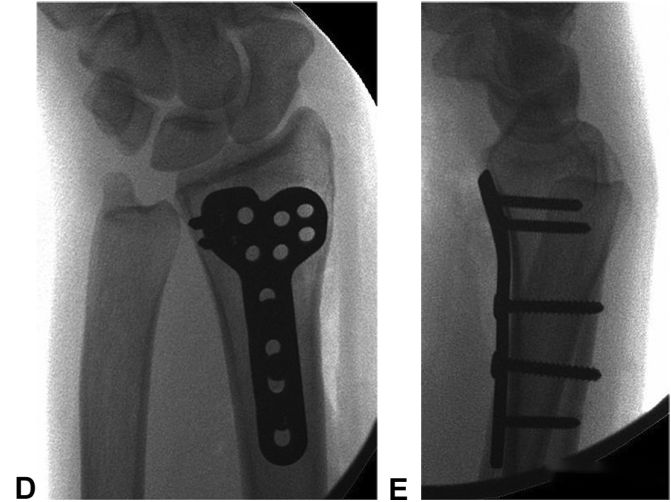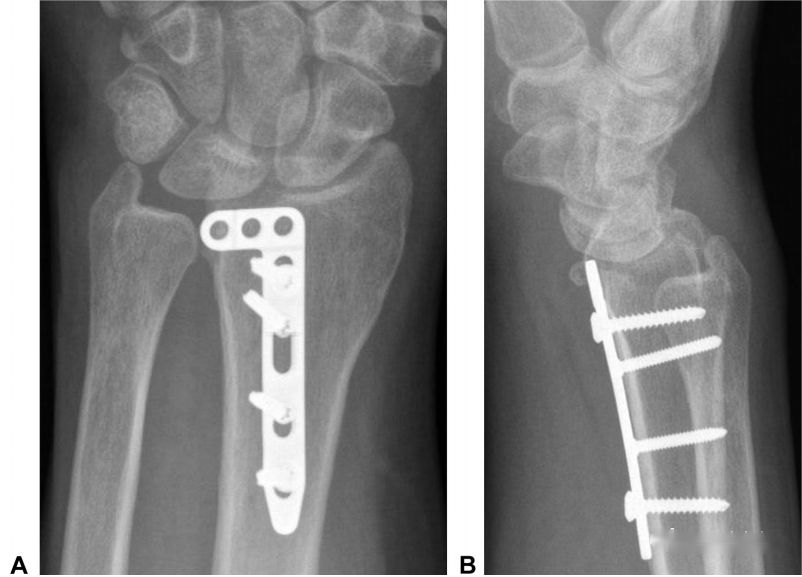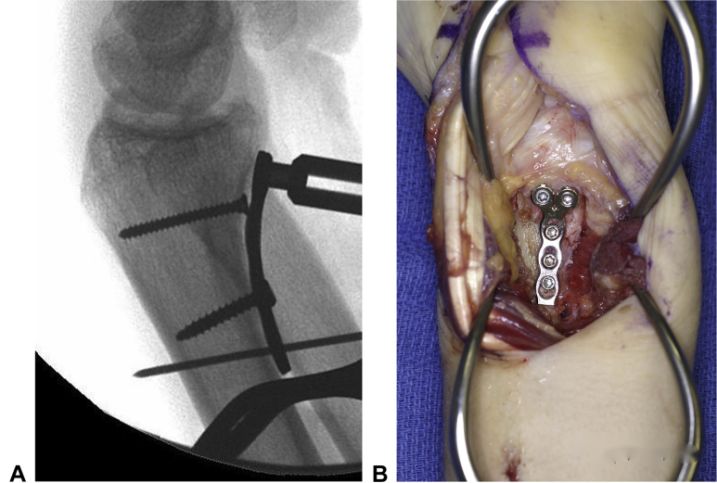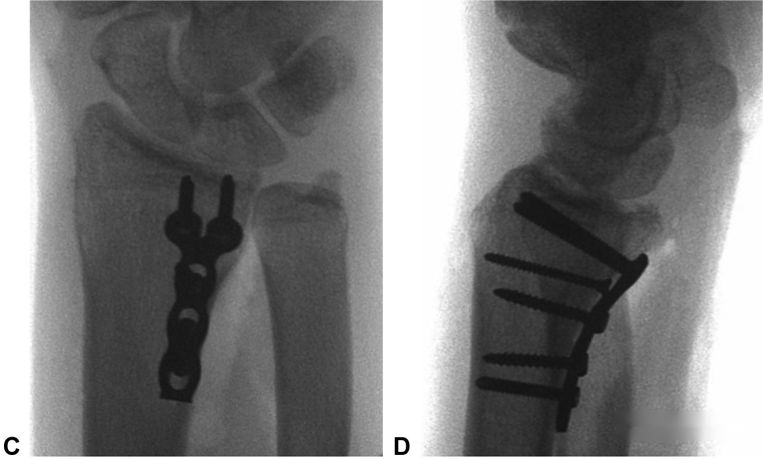Distal radius fractures are one of the most common fractures in clinical practice. For the majority of distal fractures, good therapeutic results can be achieved through palmar approach plate and screw internal fixation. In addition, there are various special types of distal radius fractures, such as Barton fractures, Die-punch fractures, Chauffeur’s fractures, etc., each requiring specific treatment approaches. Foreign scholars, in their studies of large samples of distal radius fracture cases, have identified a particular type where a portion of the joint involves a distal radius fracture, and the bone fragments form a conical structure with a “triangular” base (tetrahedron), referred to as the “tetrahedron” type.
Concept of “Tetrahedron” Type Distal Radius Fracture: In this type of distal radius fracture, the fracture occurs within a portion of the joint, involving both the palmar-ulnar and radial styloid facets, with a transverse triangular configuration. The fracture line extends to the distal end of the radius.
The uniqueness of this fracture is reflected in the distinctive features of the palmar-ulnar side bone fragments of the radius. On one hand, the lunar fossa formed by these palmar-ulnar side bone fragments serves as a physical support against volar dislocation of the carpal bones. The loss of support from this structure results in volar dislocation of the wrist joint. On the other hand, as a component of the distal radioulnar joint’s radial articular surface, restoring this bone fragment to its anatomical position is a prerequisite for regaining stability in the distal radioulnar joint.
The image below illustrates Case 1: Imaging manifestations of a typical “Tetrahedron” type distal radius fracture.
In a study spanning five years, seven cases of this type of fracture were identified. Regarding the surgical indications, for three cases, including Case 1 in the image above, where there were initially non-displaced fractures, conservative treatment was initially chosen. However, during follow-up, all three cases experienced fracture displacement, leading to subsequent internal fixation surgery. This suggests a high level of instability and a significant risk of redisplacement in fractures of this type, emphasizing a strong indication for surgical intervention.
In terms of treatment, two cases initially underwent traditional volar approach with flexor carpi radialis (FCR) for plate and screw internal fixation. In one of these cases, fixation failed, resulting in bone displacement. Subsequently, a palmar-ulnar approach was employed, and a specific fixation with a column plate was performed for central column revision. After the occurrence of fixation failure, the subsequent five cases all underwent palmar-ulnar approach and were fixed with 2.0mm or 2.4mm plates.
Case 2: Utilizing the conventional volar approach with flexor carpi radialis (FCR), fixation with a palmar plate was performed. Postoperatively, anterior dislocation of the wrist joint was observed, indicating fixation failure.
For Case 2, employing the palmar-ulnar approach and revising with a column plate resulted in a satisfactory position for internal fixation.
Considering the shortcomings of conventional distal radius fracture plates in fixing this particular bone fragment, there are two main issues. Firstly, the use of the volar approach with the flexor carpi radialis (FCR) may result in inadequate exposure. Secondly, the large size of the palmar-locking plate screws may not precisely secure small bone fragments and could potentially displace them by inserting screws into the gaps between the fragments.
Therefore, scholars suggest the use of 2.0mm or 2.4mm locking plates for specific fixation of the central column bone fragment. In addition to the supporting plate, using two screws to fix the bone fragment and neutralizing the plate to protect the screws is also an alternative internal fixation option.
In this case, after fixing the bone fragment with two screws, the plate was inserted to protect the screws.
In summary, the “Tetrahedron” type distal radius fracture exhibits the following characteristics:
1. Low incidence with a high rate of initial plain film misdiagnosis.
2. High risk of instability, with a tendency for redisplacement during conservative treatment.
3. Conventional palmar locking plates for distal radius fractures have weak fixation strength, and it is recommended to use 2.0mm or 2.4mm locking plates for specific fixation.
Given these characteristics, in clinical practice, it is advisable to perform CT scans or periodic reexaminations for patients with significant wrist symptoms but negative X-rays. For this type of fracture, early surgical intervention with a column-specific plate is recommended to prevent complications later on.
Post time: Oct-13-2023





